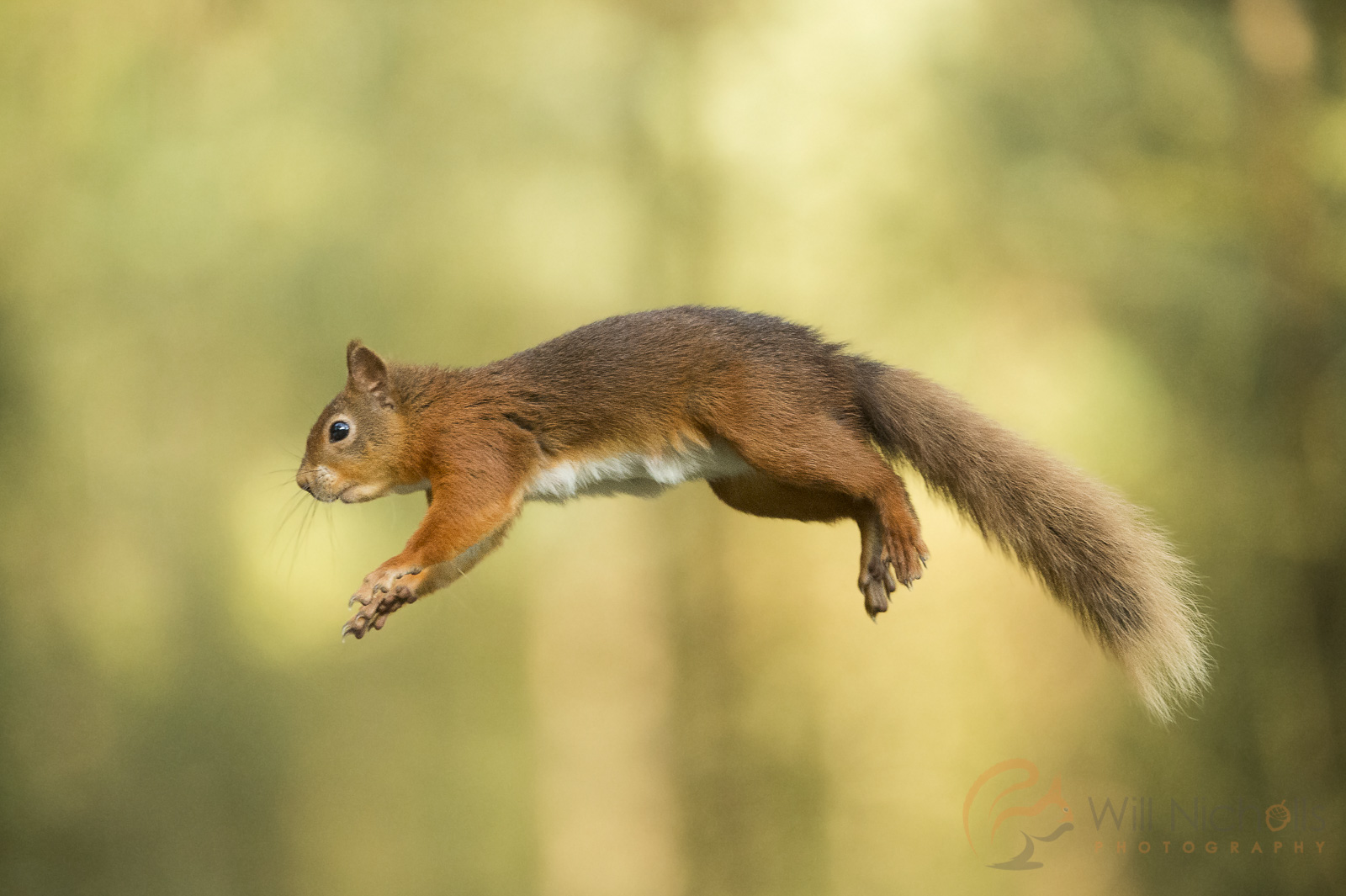5 Tricks to Take Your Wildlife Photos to the Next Level

Wildlife photography is becoming increasingly popular. That’s not surprising, though, as you get to spend extended periods of time outside watching wildlife. You begin to develop an affinity with the world around you, documenting the spectacles that you observe over time. Your experiences soon become the envy of others who can only dream of seeing such things but do not have the dedication, or reason, to spend the time required.
However, wildlife photography can seem quite daunting when you first take up the challenge. The internet is filled with incredible nature photographs, but it can seem like there is a mountain between your photos and the works of others. Luckily, there are some easy ways to kick-start your photography and get ahead of the game. Let’s take a look!


#1 Get Down Low
Perspective is a very powerful tool. A lot of photographers getting to grips with this genre will take photos standing up, usually looking down on an animal. It’s something that you may not have thought of, but it can make an incredible difference to your photos in an instant. Instead, crouch down and get on eye-level with your subject. The difference is drastic!
You can clearly see the difference your position makes. Even if it means you have to get covered in mud, get down low and capture your images at eye-level – you won’t regret it.
#2 Learn to Love Light
Light makes all the difference to a photo. Shooting at dawn and dusk (when most animals are active) can provide you with brilliant conditions. A good sunrise or sunset will turn the area golden, and this adds a sense of magic to a photo.
Experiment – that’s the key thing when it comes to utilising light to your advantage. If you want to achieve an image like the one above, then you need to shoot towards the setting sun. Set your white balance into manual mode, and adjust it to a Kelvin value of around 5,800. This will bring out the oranges and convey a wonderful scene.
#3 Know About Your Subject
A good wildlife photographer is also a good naturalist. Learn about the animal you are photographing. I’m not expecting you to publish a research paper on it, but having some sort of understanding of their behaviour will work wonders for you. It allows you to predict movements and know what you can expect from them. Perhaps you are photographing an animal that actually has an elaborate courtship routine, and knowing this beforehand will give you every chance of capturing it on camera.
#4 Experiment with Shutter Speeds
You’ve always been told that you should use a fast shutter speed to freeze action, right? Well, not necessarily. In fact, doing exactly the opposite can give brilliant results. When photographing a bird in flight, for example, you may want to convey its motion in your photo. Instead of ramming up the shutter speed, keep it low to perhaps 1/160th of a second. Then, pan your camera along whilst a bird flies past and fire the shutter. The result? Plenty of images for the bin… but if you’re lucky you’ll get one like this.
The background and wings are blurred, conveying the speed, but the head remains pin sharp. This is partly down to persistence and luck, but becomes easier as you get to grips with the technique. The message here? Break the rules.
#5 Don’t Be Scared of ISO Speeds
Adjusting your ISO speed can be a scary prospect. Too high and you’ll introduce plenty of digital noise into your image, ruining the quality. Too low and you’ll have too slow a shutter speed, rendering a blurred image. But too often photographers are overly cautious of pushing the ISO value upwards, even though it can ‘bring more light’ into the image. Different cameras have different capabilities, but take some test shots and work out what kind of performance you can expect from your camera.
If you keep your ISO sat at 200, then you probably have some room to play with! Take a look at the following photo – it was shot at ISO 10,000. Now that’s due to the high performance of the Nikon D4, but even on very basic DSLR cameras I would regular push my ISO up to 400 and beyond.
 Do you want to learn more?
Do you want to learn more?
If you are serious about taking your photos to the next level, then look no further. Calling on my experience as a professional wildlife photographer, I’ve written an eBook called So You Want to Be a Wildlife Photographer?. It’s a beginner’s guide to wildlife photography, with over 100 pages of expert advice, covering everything from the very basics to more advanced techniques like using back-button focus and stalking animals.
You can download my eBook straight from the Nature TTL website, and start learning in just a few minutes! There’s more information here.











